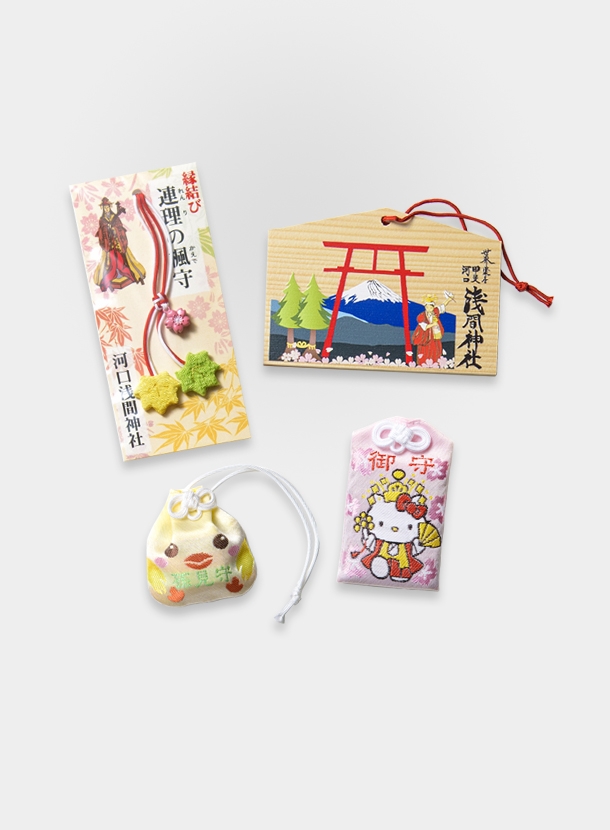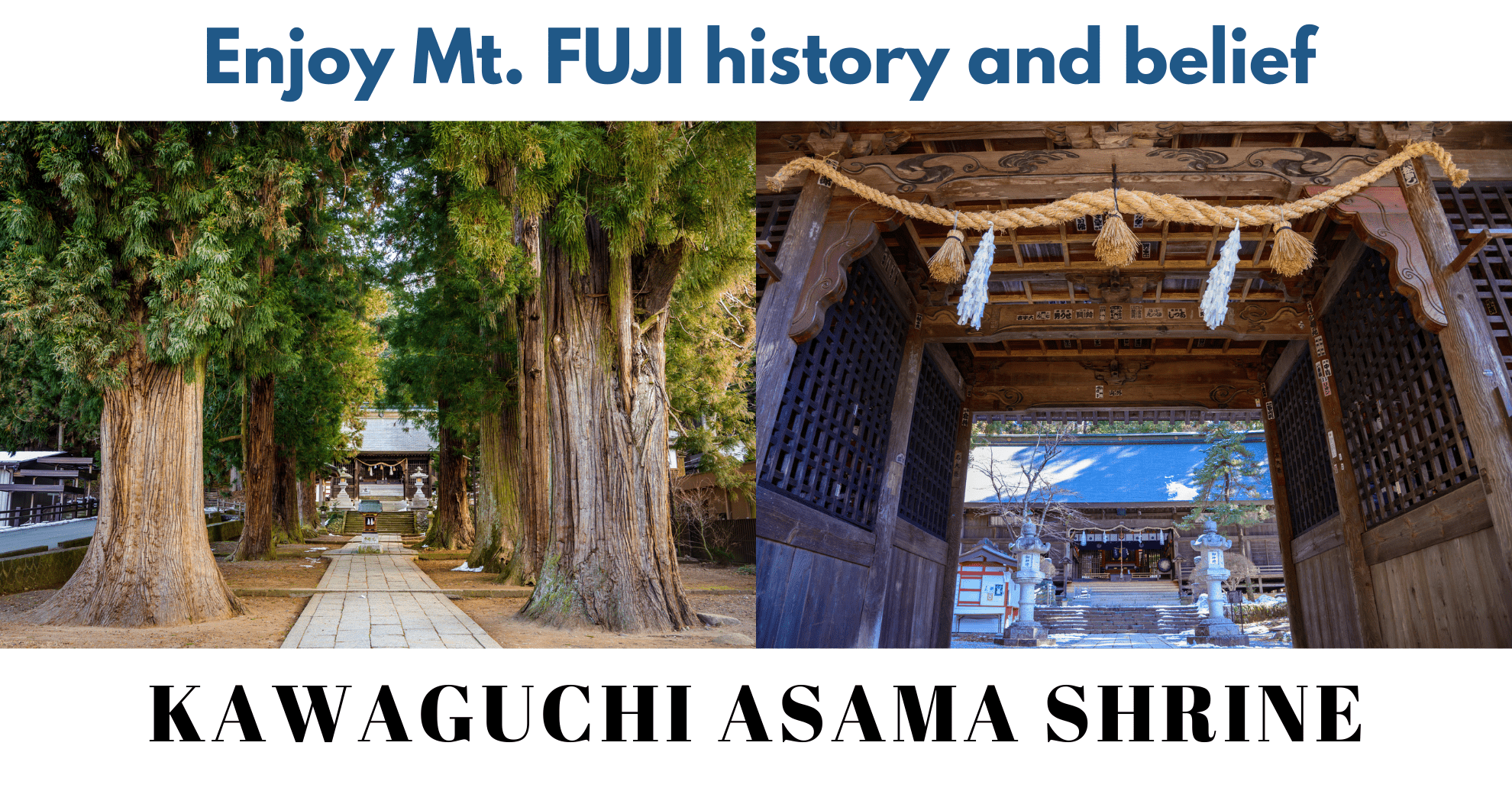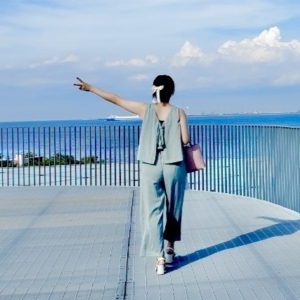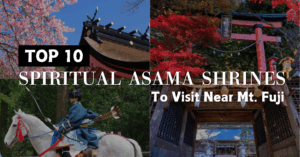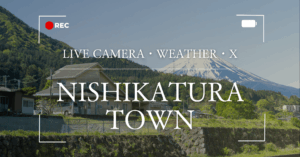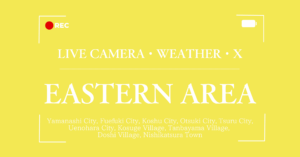Known as one of the spiritual centers of Mt. Fuji worship, Kawaguchi Asama Shrine boasts a long and sacred history. Established over 1,000 years ago to calm a great volcanic eruption of Mt. Fuji, the shrine has been a place of deep devotion for generations.
One of its biggest charms is the ability to experience both the beauty of nature across all four seasons and the profound connection between history and faith. Within the grounds, you’ll find many attractions, including the legendary Seven Sacred Cedars, each over 1,200 years old, which continue to inspire awe among visitors.
In this guide, we’ll take a closer look at the highlights of Kawaguchi Asama Shrine, how to access it, and nearby sightseeing tips. Embark on a journey where you can truly feel the blessings of Mt. Fuji.
What Is Kawaguchi Asama Shrine?
Founded in 865 AD, Kawaguchi Asama Shrine was established to enshrine Asama Ōkami (Konohanasakuya-hime no Mikoto), the goddess of Mt. Fuji, in order to calm a massive volcanic eruption of the mountain.
In 2013, the shrine was registered as part of the UNESCO World Heritage Site “Fujisan, sacred place and source of artistic inspiration”.
What makes this shrine especially appealing is its close connection to Mt. Fuji through seasonal rituals and ceremonies that continue even today. Among them are:
- Daidaimikagura Festival, where the traditional Chigo-no-Mai (children’s dance) is performed as an offering to the gods.
- Tsutsugayu Festival, a unique ritual in which boiled rice porridge is used to divine the harvest and fortune for the year.
Another highlight is the group of Seven Sacred Cedars, each over 1,200 years old, towering within the shrine grounds. These ancient trees symbolize the union of nature and faith, inviting visitors to experience the spiritual essence of Japanese culture from ancient times to the present.
Highlights of Kawaguchi Asama Shrine
The Seven Sacred Cedars
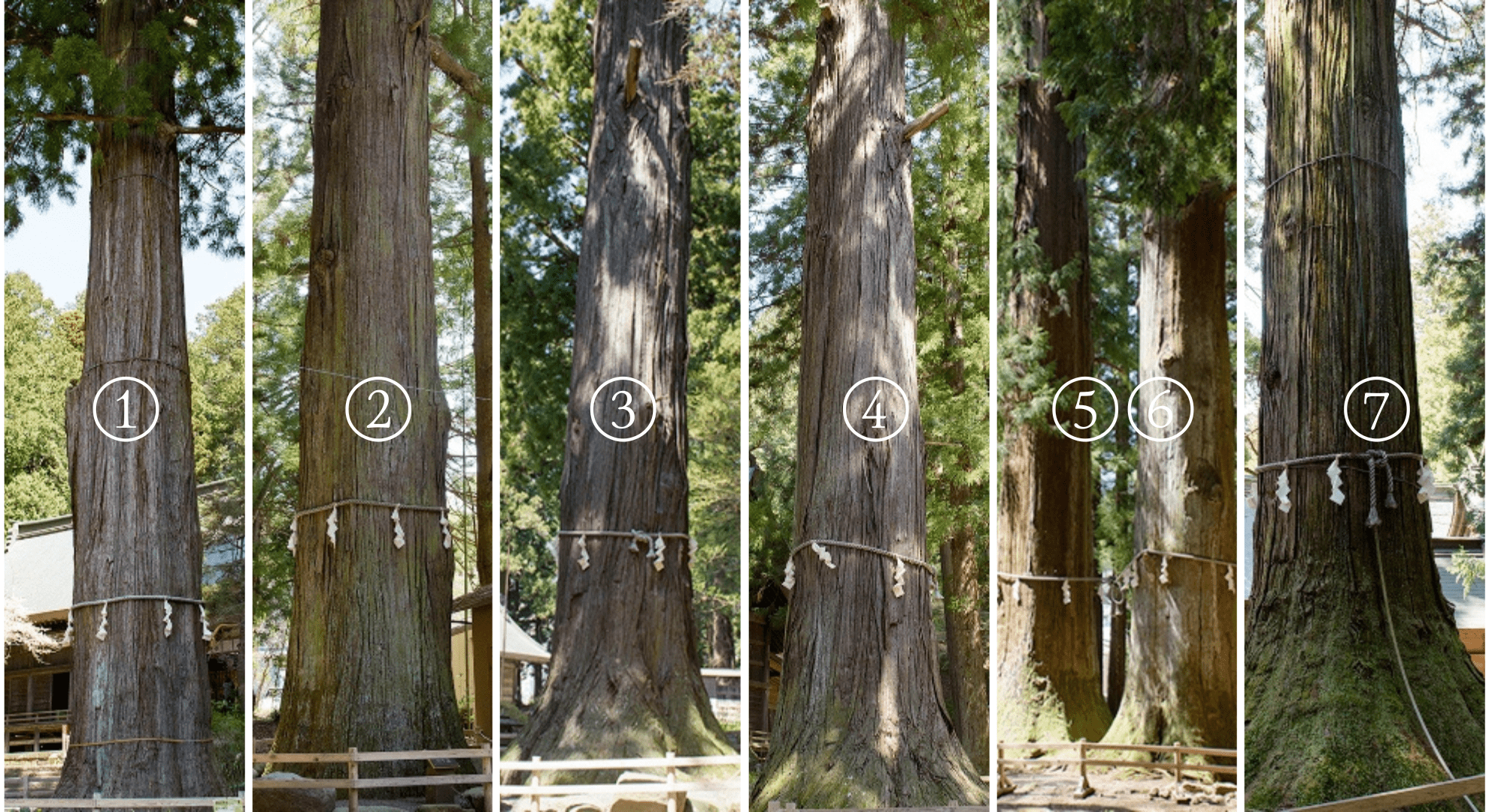
One of the shrine’s most impressive features is the group of Seven Sacred Cedars, each over 1,200 years old. Numbered 1 through 7 in a counterclockwise arrangement, these towering giants reach heights of around 40 meters. A striking characteristic is their perfectly straight trunks, with no branching along the way, giving them a sense of both power and elegance.
Cedar No. 1 – Mishirushi Sugi (Horokake Sugi)
Standing directly in front of the worship hall, this cedar is considered a sacred marker tree. Traditionally, during the shrine’s annual festival, it was the tree where infants’ first ceremonial garments were hung as part of their first shrine visit.
Cedar No. 2 – Sansha Sugi (Ubuya Sugi)
This sacred tree is revered as a protector of childbirth and safe delivery. It is especially popular among those praying for safe childbirth or fertility, making it one of the shrine’s most visited spiritual spots.
Cedar No. 3 – Reikaku Sugi (Reibō Sugi)
Located between Cedars No. 2 and No. 4, this tree symbolizes longevity. Its name is derived from the Japanese phrase “Tsuru wa sennen” (“A crane lives for a thousand years”), an auspicious saying celebrating long life and good fortune.
Cedar No. 4 – Shinmen Sugi (Kenchūsō Sugi)
This cedar is named after a legend in which wild silkworms spun cocoons in its branches. The silk threads were said to have been offered to the Imperial Court, giving the tree a sacred association with textiles and prosperity.
Cedars No. 5 & No. 6 – Futahashira Sugi (Otoko Sugi & Onna Sugi)
Known as the Twin Cedars, these two trees have grown side by side for over 1,200 years, their roots intertwined as one. Cedar No. 5 is the tallest of all seven, standing at 47.5 meters. Together, they are revered as symbols of marital harmony and good relationships.
Cedar No. 7 – Tenjō Sugi (Mihashira Sugi)
Translated as the “Heaven and Earth Cedar”, this tree has long been regarded as a divine pillar linking the heavens and the earth. It is the most revered of the seven, attracting profound respect from worshippers throughout history.
Cedar-Lined Approach
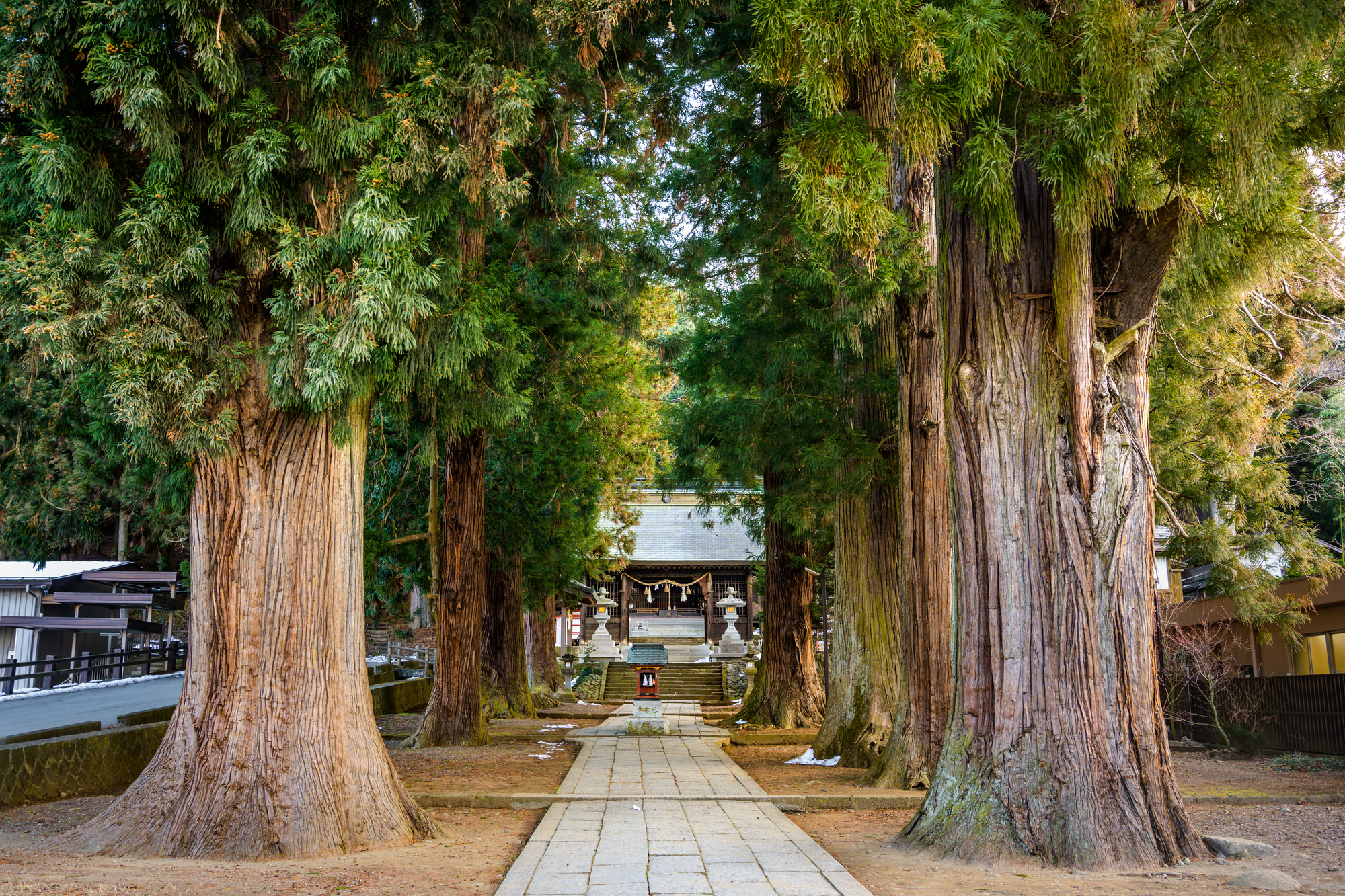
As you pass through the grand torii gate, visitors are welcomed by a majestic avenue of cedars, many of which are between 500 and 800 years old. Their towering presence and profound stillness create a mystical atmosphere, naturally instilling a sense of reverence.
The grounds also feature a variety of sacred trees, including the Renri no Kaede (Linked Maples), a rare natural phenomenon where two trees of different grain structures grow together, symbolizing bonds and harmony. You’ll also encounter fir trees, horse chestnuts, and seasonal beauties such as maples near the sumo ring, which glow brilliantly in autumn. This area is perfect for forest bathing, offering visitors both tranquility and a deeper connection to nature.
The Great Torii Gate
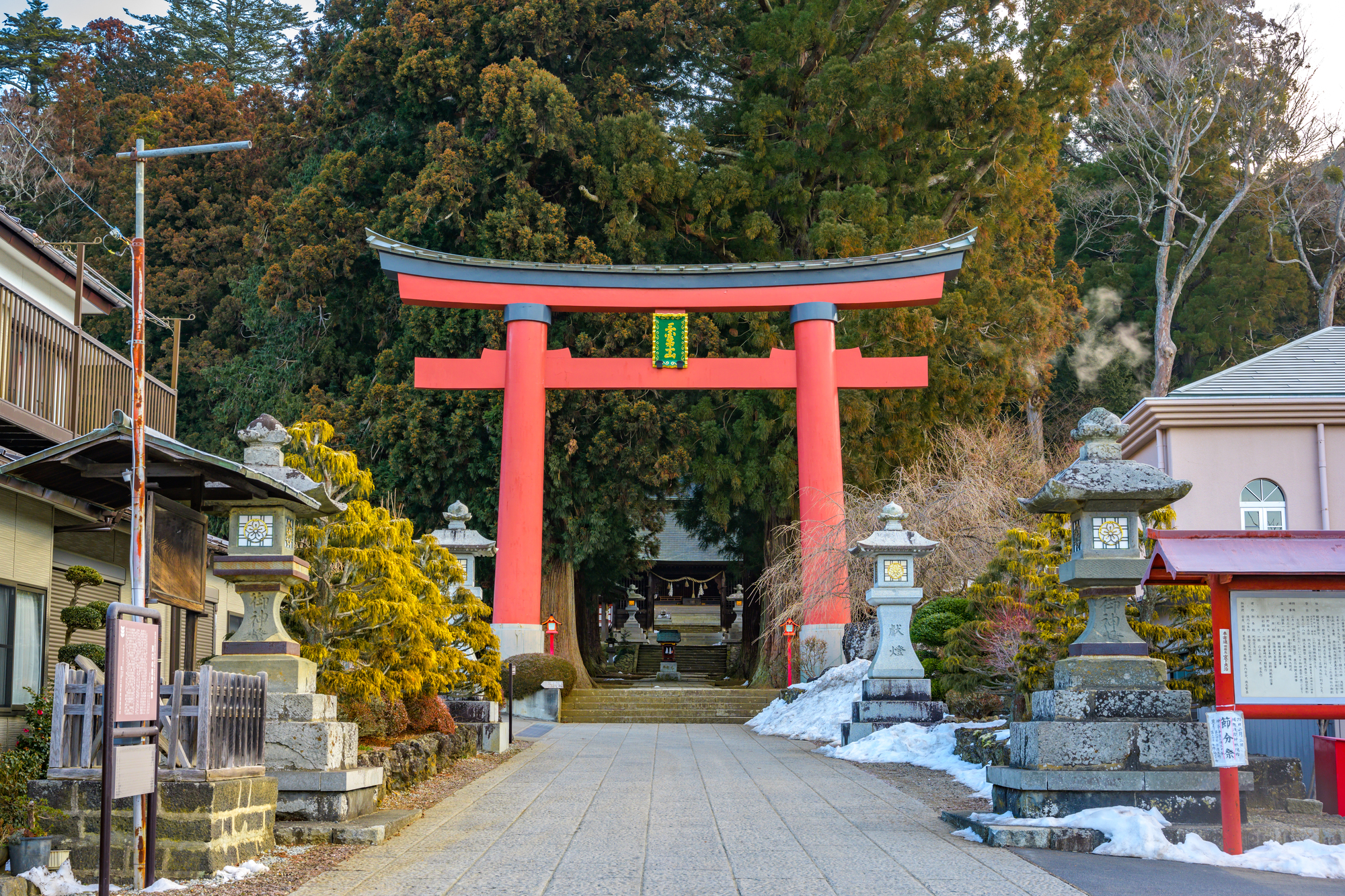
Standing at around 18 meters tall, the Great Torii Gate frames the cedar avenue beyond, enhancing the shrine’s sacred and mysterious atmosphere.
In Japan, it is customary to bow lightly before passing through a shrine gate. When walking along the shrine’s approach, tradition holds that the center path is reserved for the deities, so visitors are encouraged to keep to the right or left side.
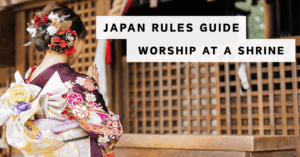
Worship Hall and Main Hall
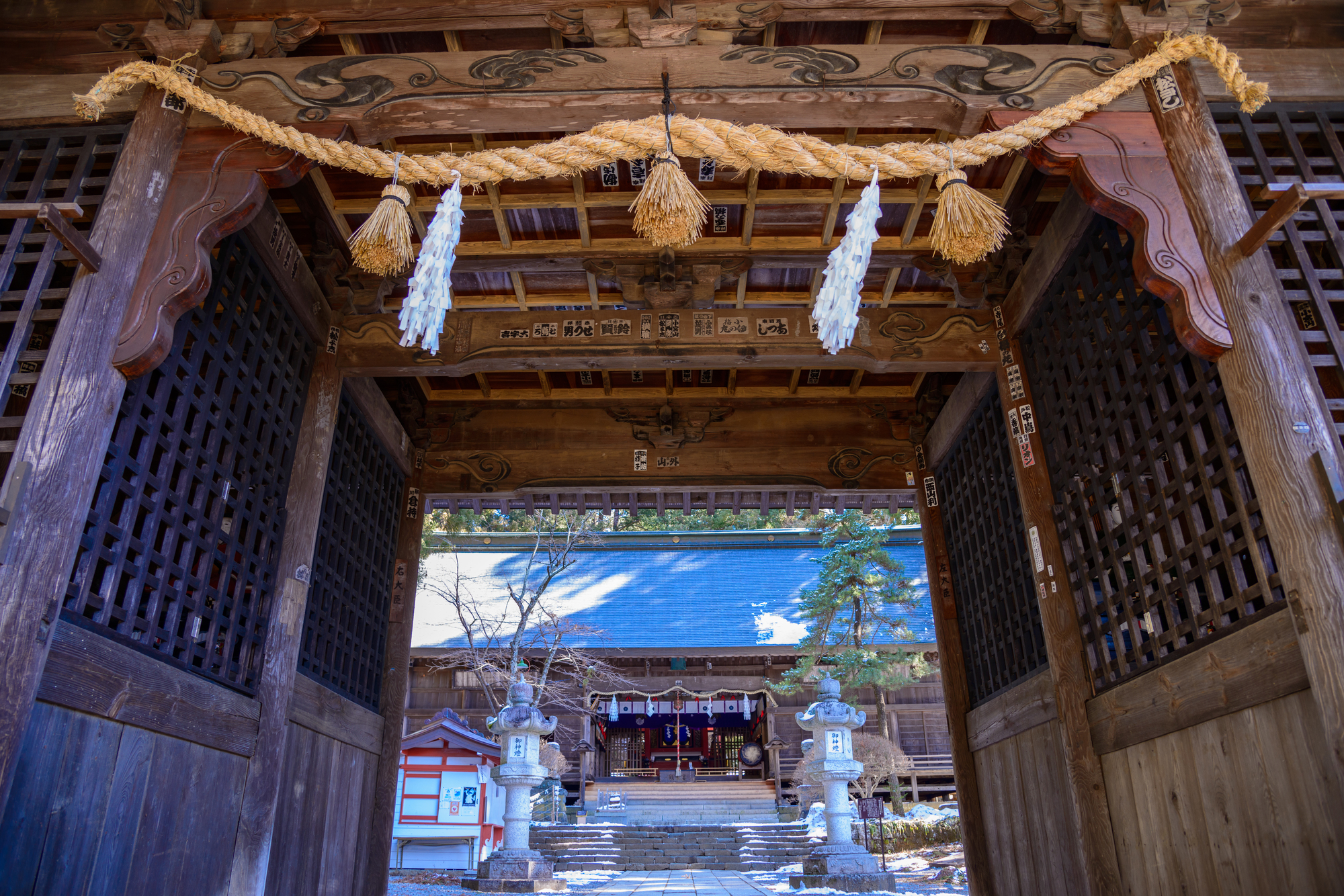
The worship hall (haiden) and main hall (honden) were originally destroyed in 1606, but rebuilt the following year by Torii Naritsugu, a retainer of Tokugawa Ieyasu. These structures are admired for their lavish architecture, intricate carvings, and refined beauty.
The honden is now designated as a tangible cultural property of Fujikawaguchiko Town, highlighting its importance in both history and art.
In front of the haiden lies the Hireishi (Beautiful Stone), an ancient stone altar believed to have once enshrined Konohanasakuya-hime, the goddess of Mt. Fuji. This relic preserves the legacy of ancient rituals, reminding visitors of the shrine’s deep historical roots.
Mother Shirataki and Father Shirataki Waterfalls
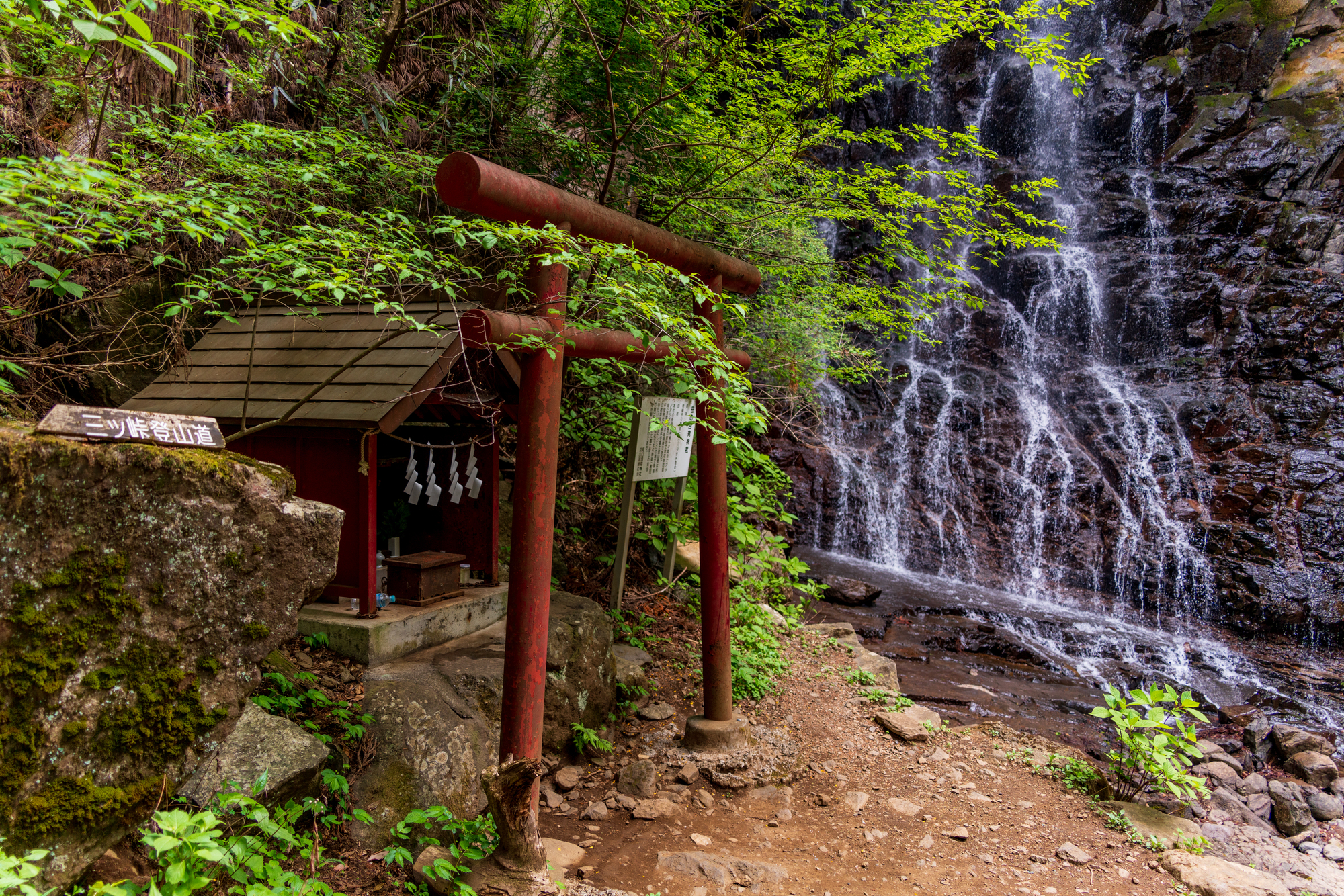
A short uphill walk from Kawaguchi Asama Shrine leads to Mother Shirataki Waterfall, a serene cascade long revered as a source of spiritual energy. The name “Mother” comes from its association with Takuhatachiji-hime no Mikoto, the goddess of textiles and the mother-in-law of Konohanasakuya-hime. The waterfall’s delicate flow, reminiscent of woven silk, combined with the soothing sound of clear waters, offers a deep sense of peace.
Climb a bit further and you’ll reach Father Shirataki Waterfall. When water levels are high, lucky visitors may witness a rainbow arching across the falls, making it a photographer’s delight. Each season brings its own beauty—lush greenery in spring and summer, fiery foliage in autumn, and spectacular ice formations in winter.
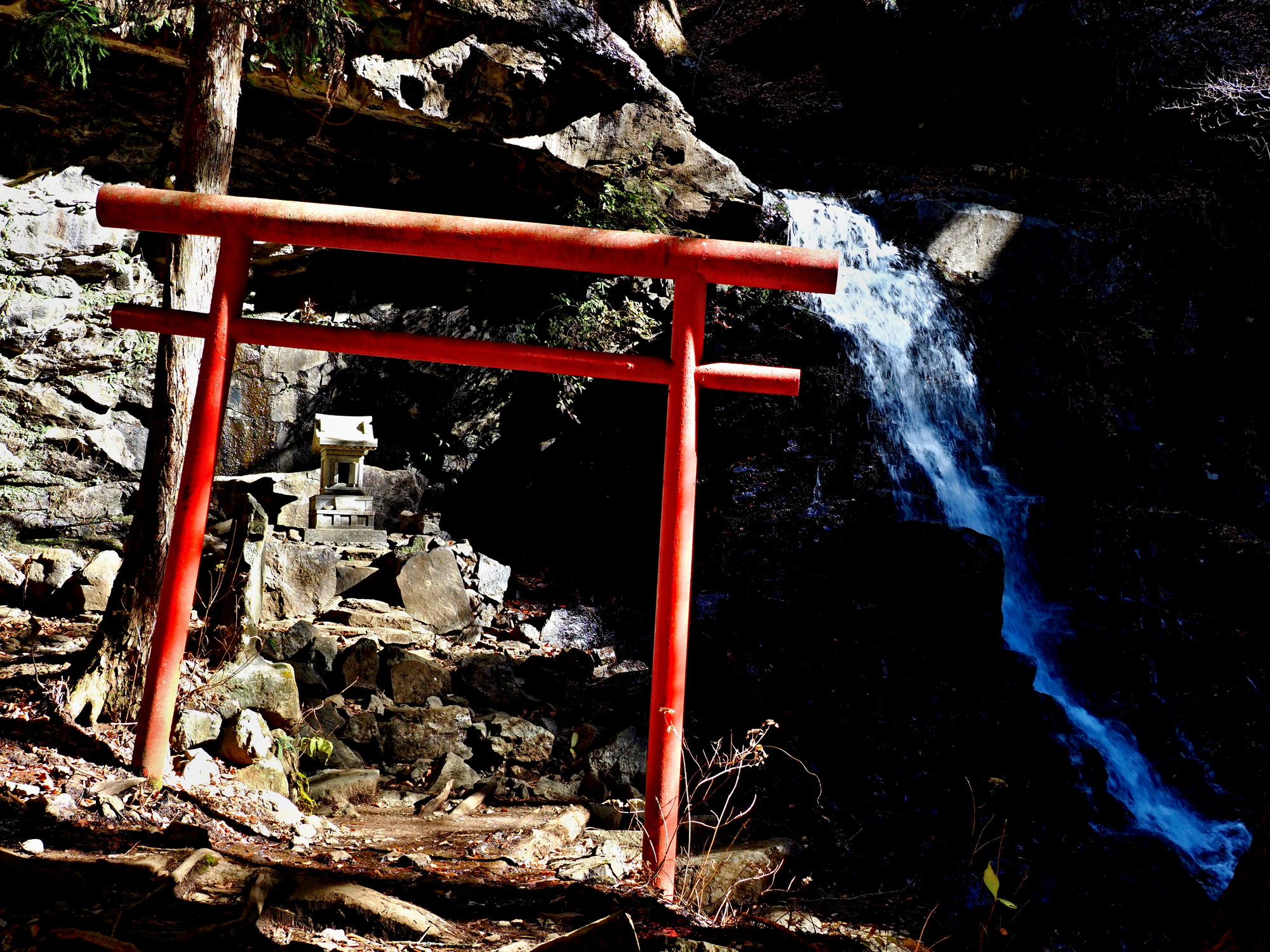
Goshuin, Goshuin Books, Omikuji, and Omamori
At Kawaguchi Asama Shrine, you can receive a goshuin stamp for a small offering of ¥300. A highlight is that the designs change with the seasons—for example, fireworks motifs in summer and autumn leaves in fall—making them a delightful keepsake of your visit.
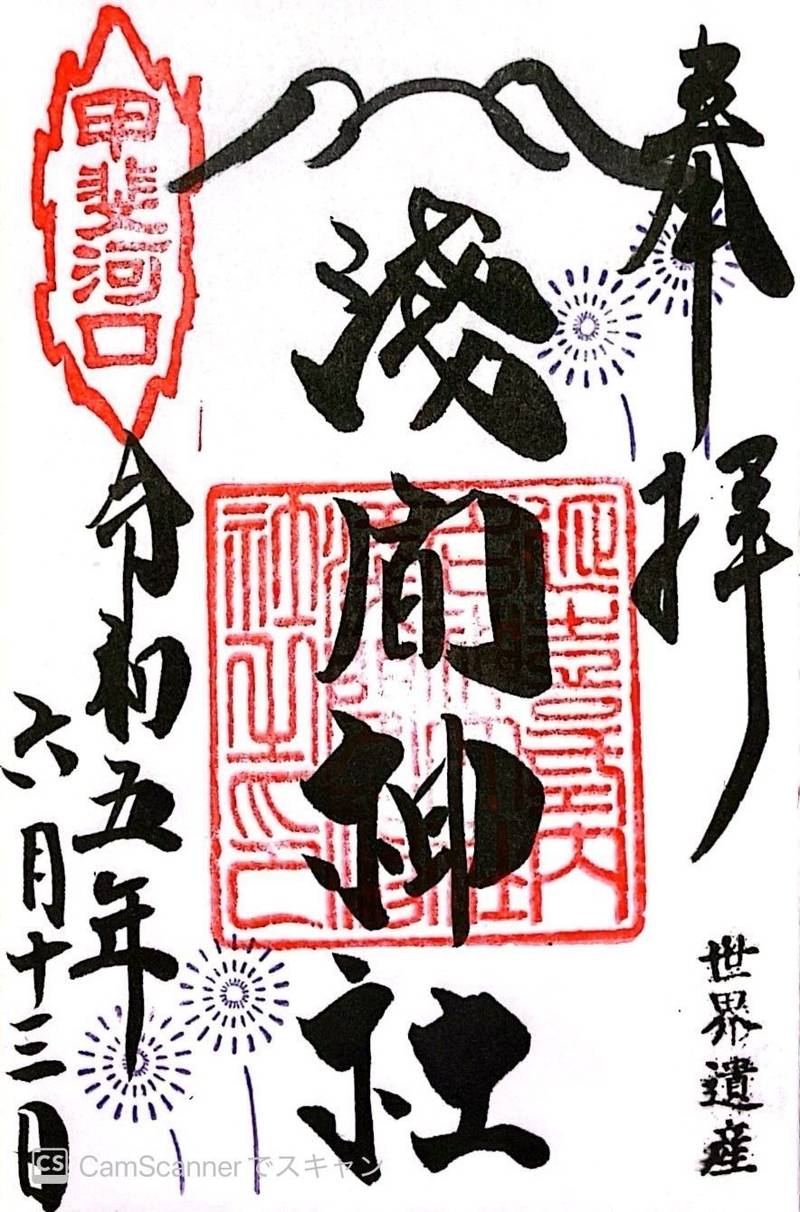
The shrine also offers beautifully designed goshuin books. One design features the Chigo no Mai (Dance of Children), the main ritual of the Daidai Mikagura Festival, held every year on July 28.
Performed by groups of 7–8 young girls, this sacred dance has continued for over 1,100 years. It has been designated as an Intangible Folk Cultural Asset of Yamanashi Prefecture, and in 2017 it was recognized as a National Important Intangible Cultural Property.
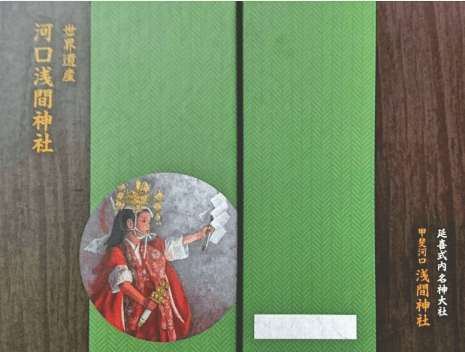
The shrine’s omikuji are in the traditional style found at many Japanese shrines. For just ¥100, you shake a box and draw a slip of paper that offers predictions and advice related to love, health, work, travel, and more. It is customary to draw your fortune while silently holding your wish or concern in mind.
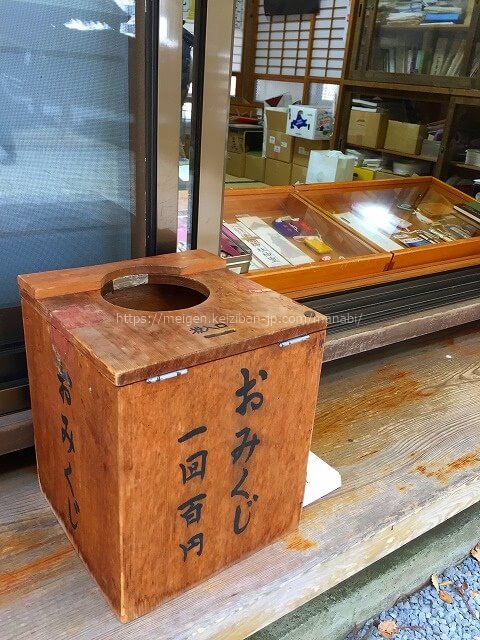
Kawaguchi Asama Shrine also offers a wide variety of omamori amulets, such as charms for good relationships, safe travels, and traffic safety. Prices are generally affordable, ranging from ¥500 to ¥1,000.
These amulets are popular not only as personal talismans but also as thoughtful gifts for loved ones. You can even find charming character-themed amulets, such as those featuring Hello Kitty, which are especially popular among younger visitors.
